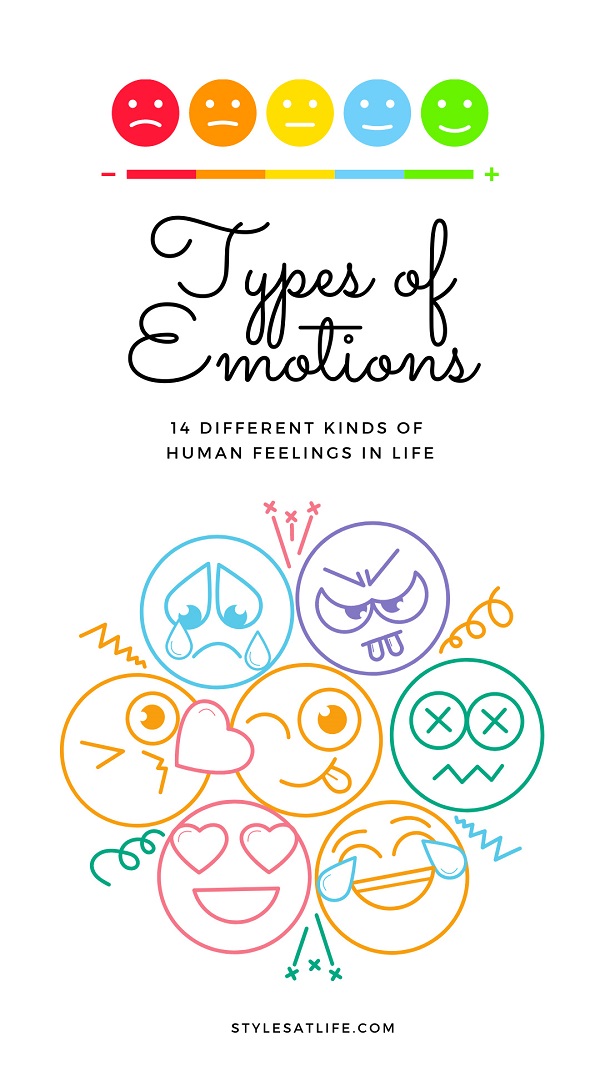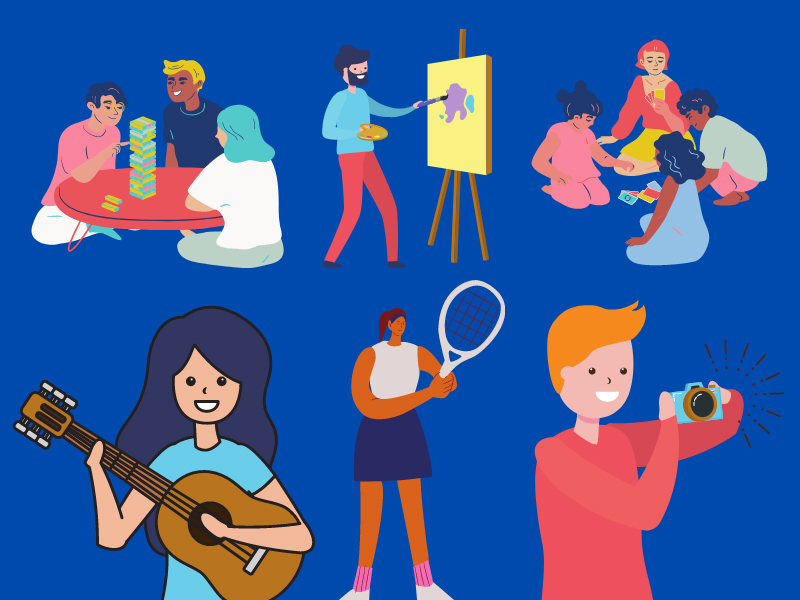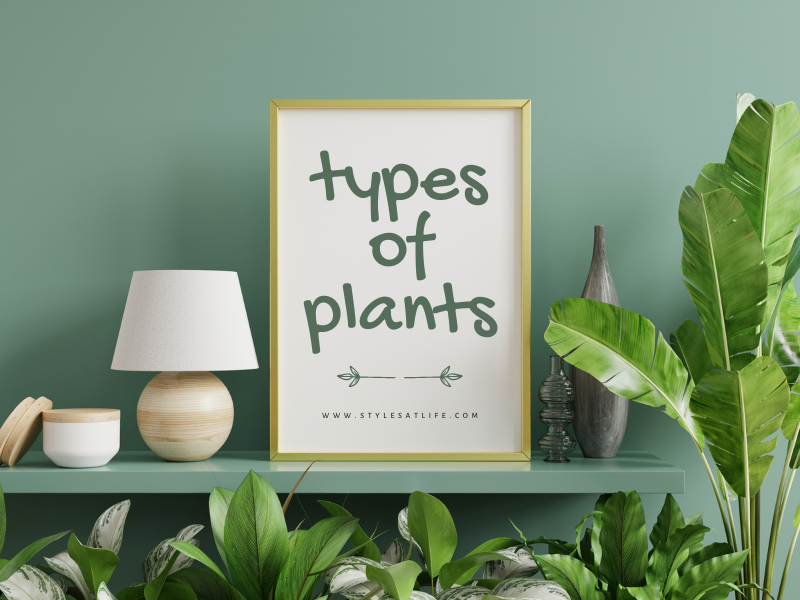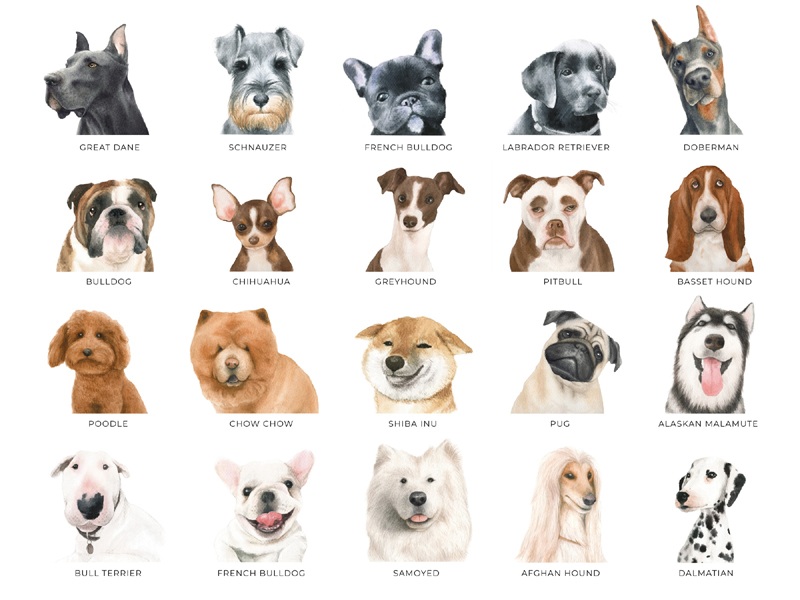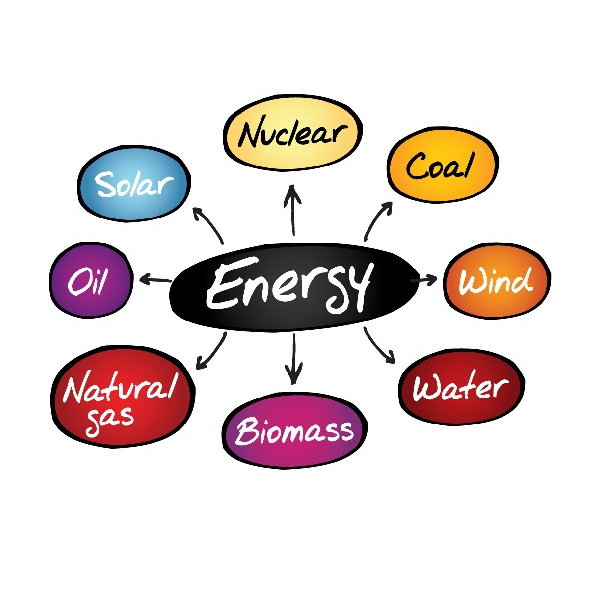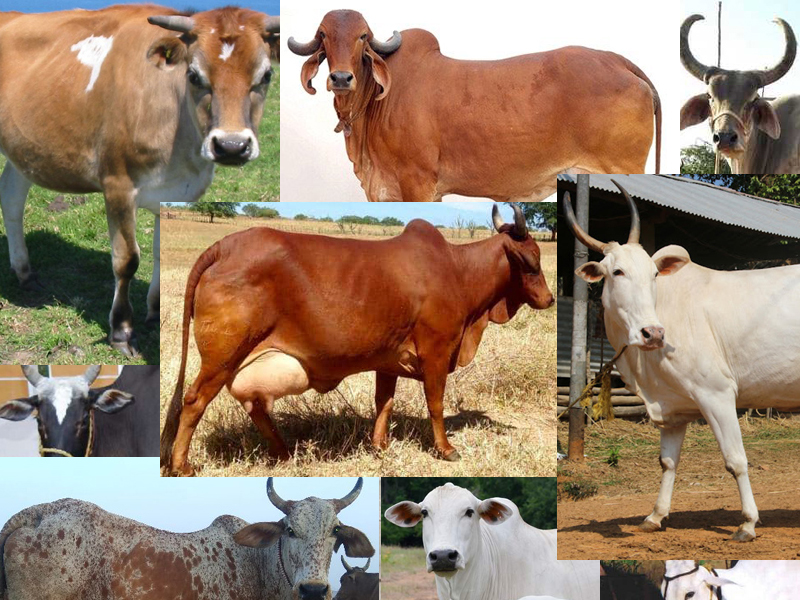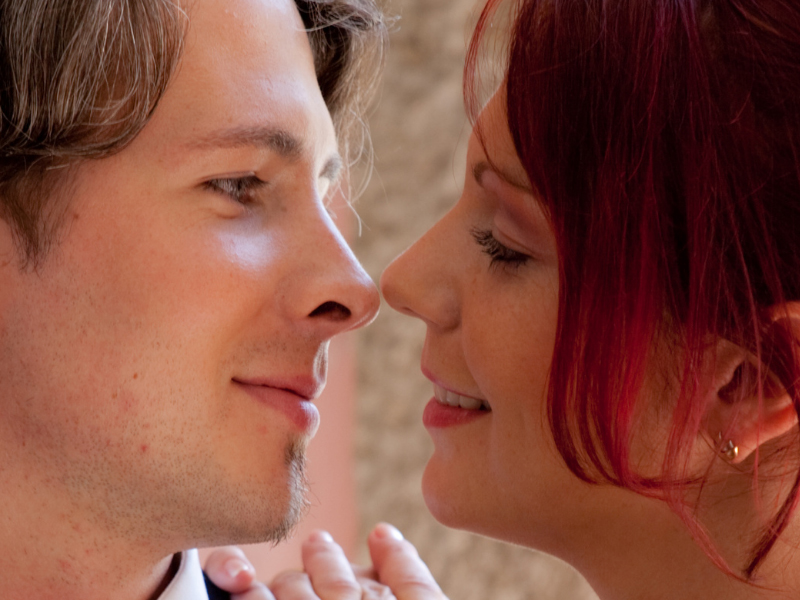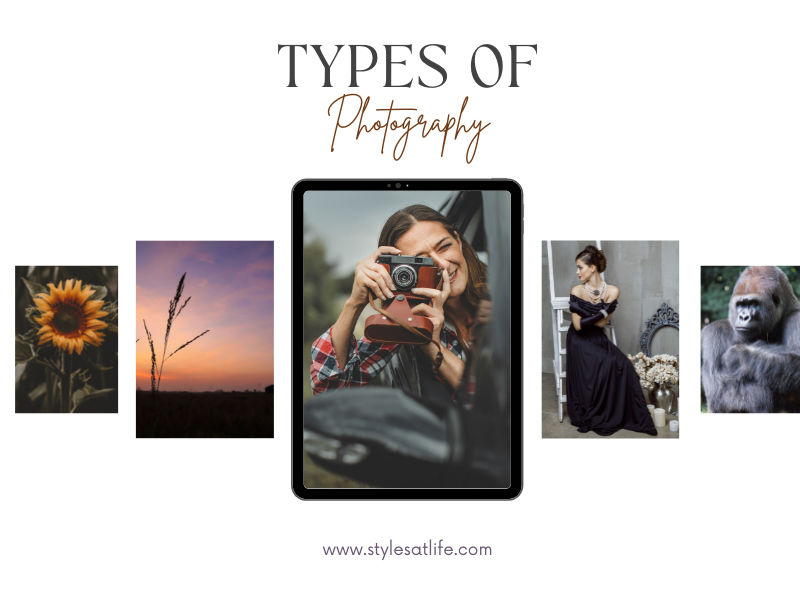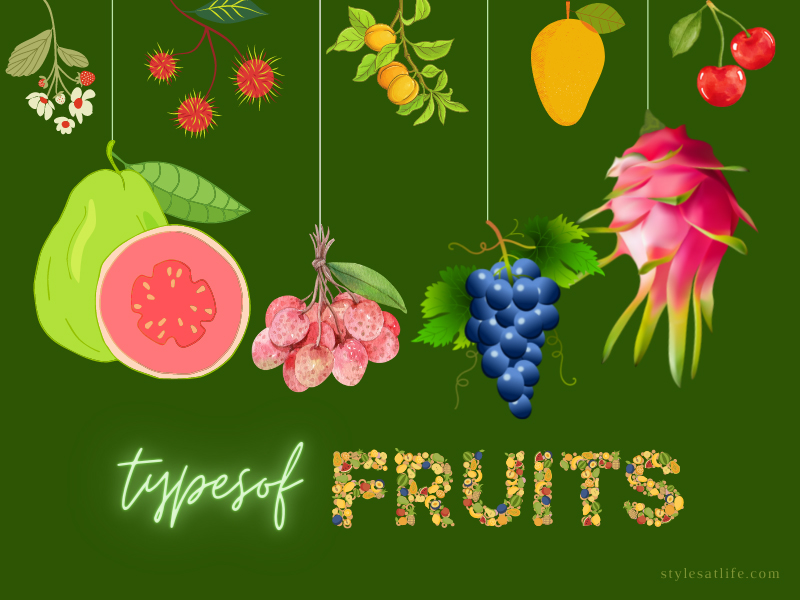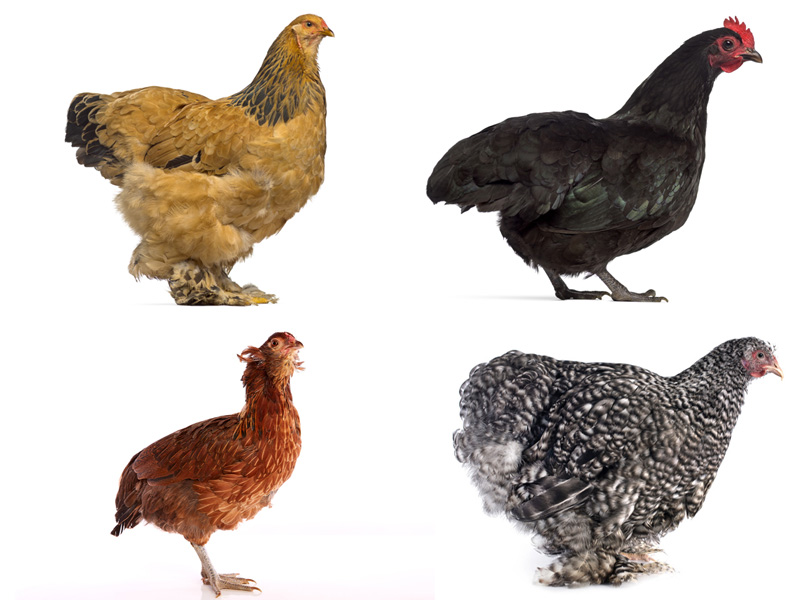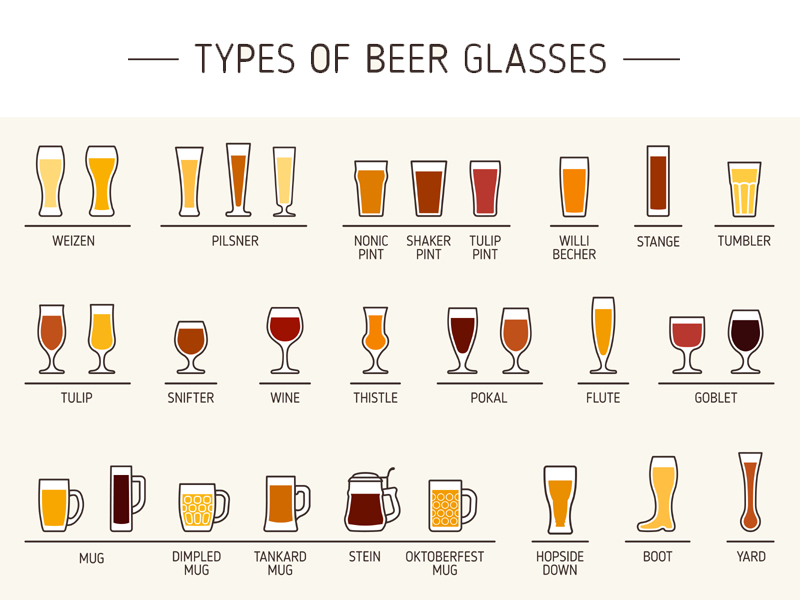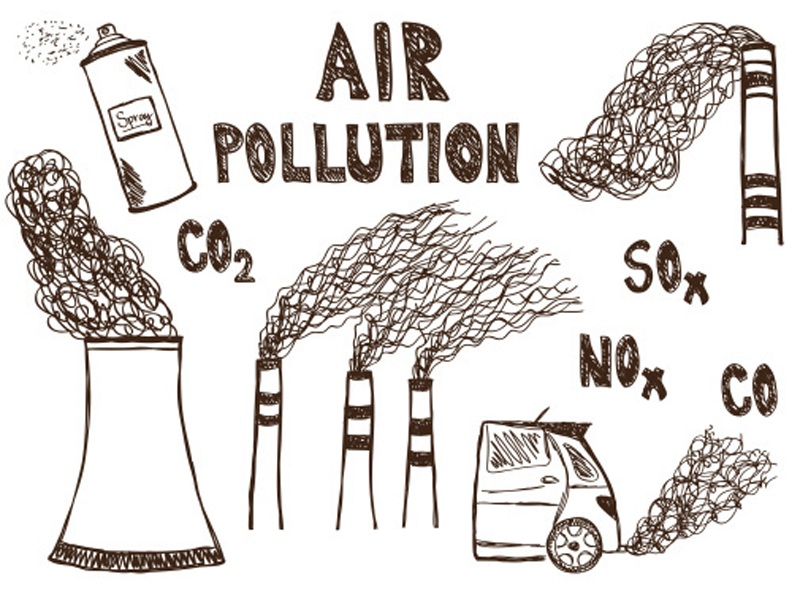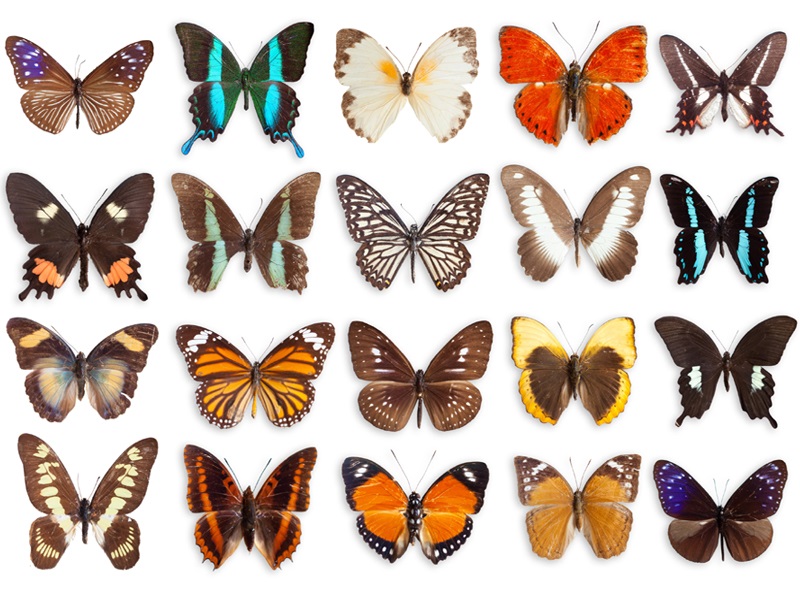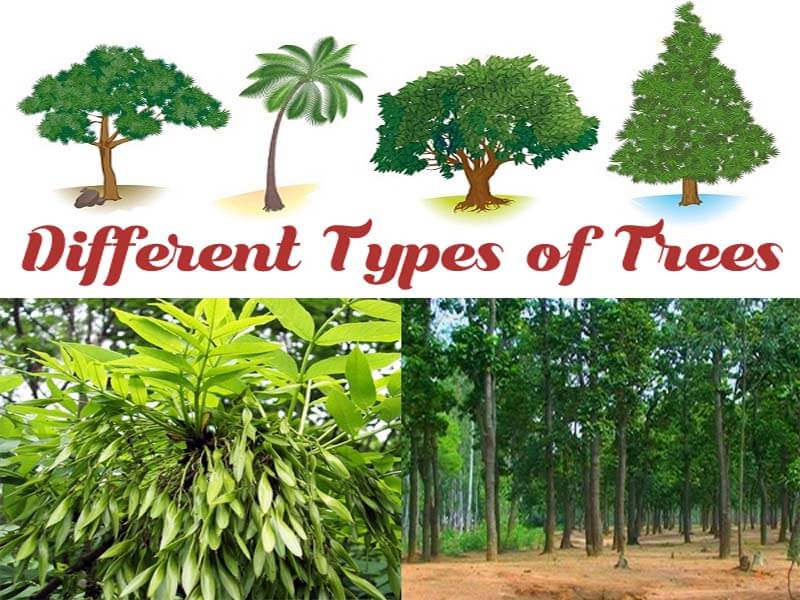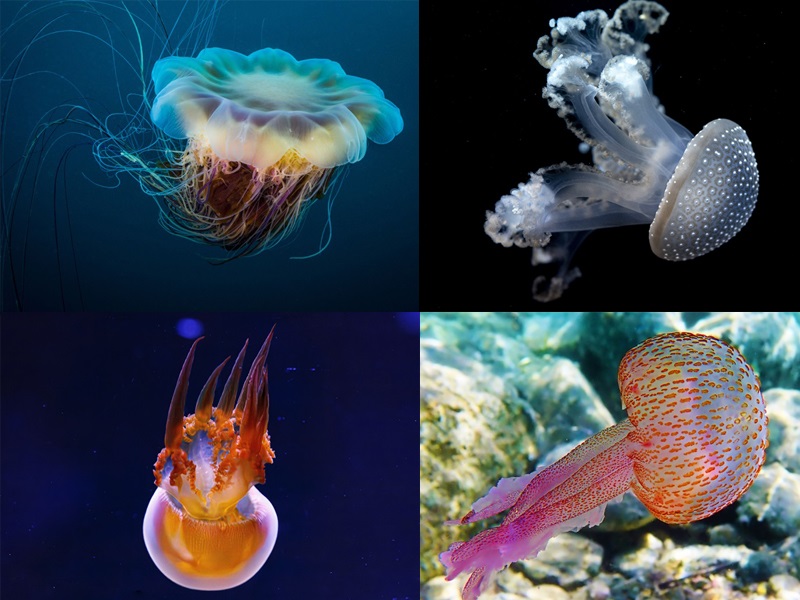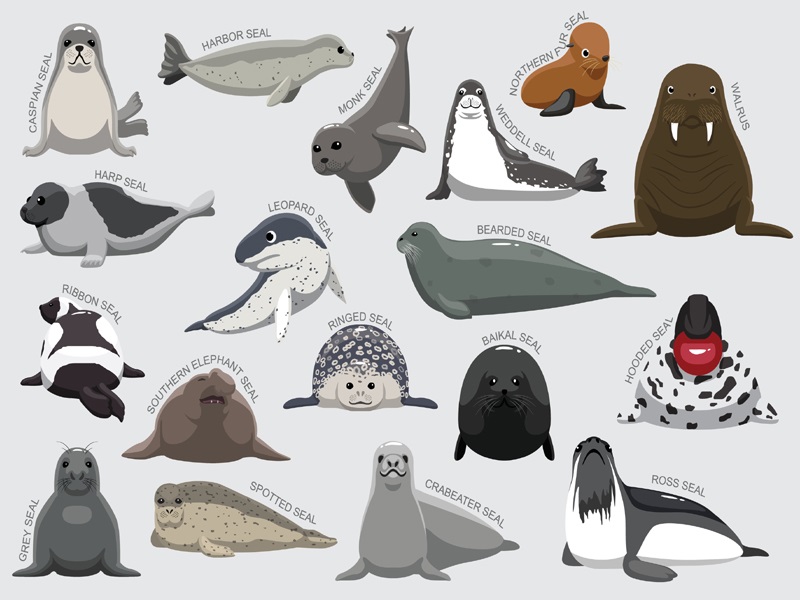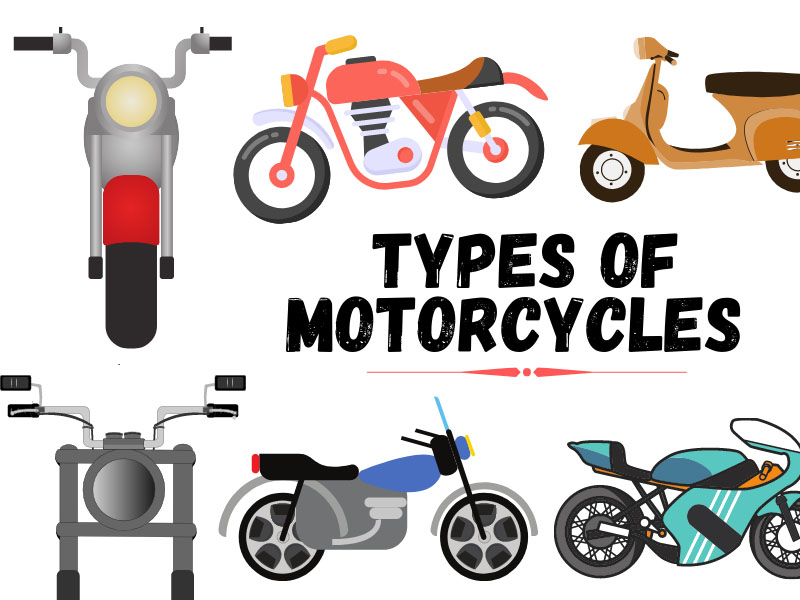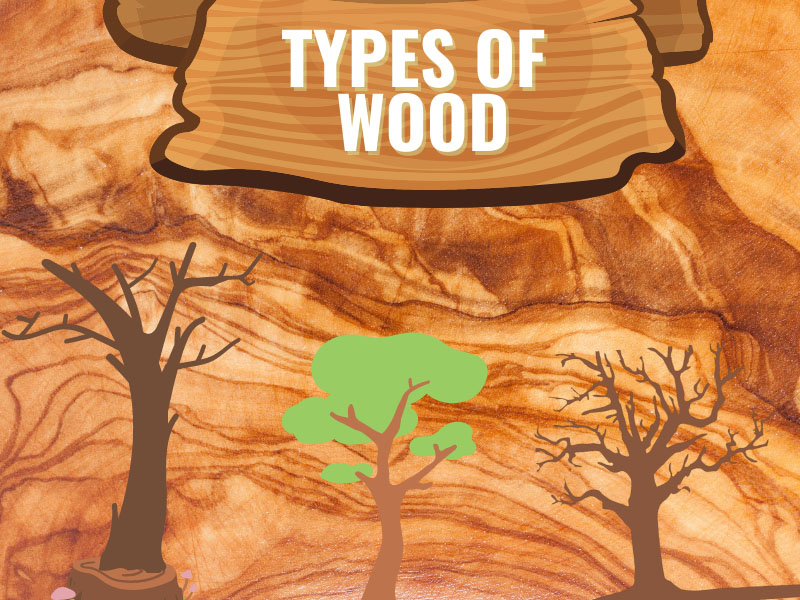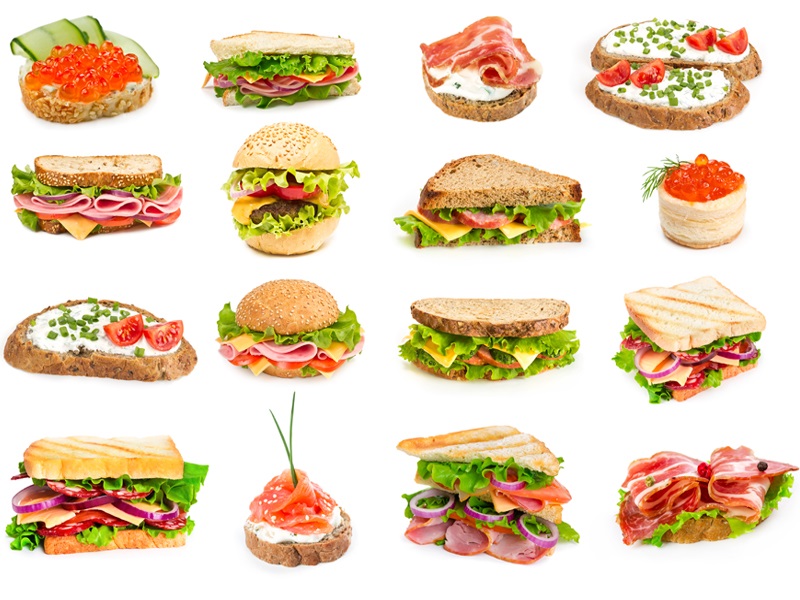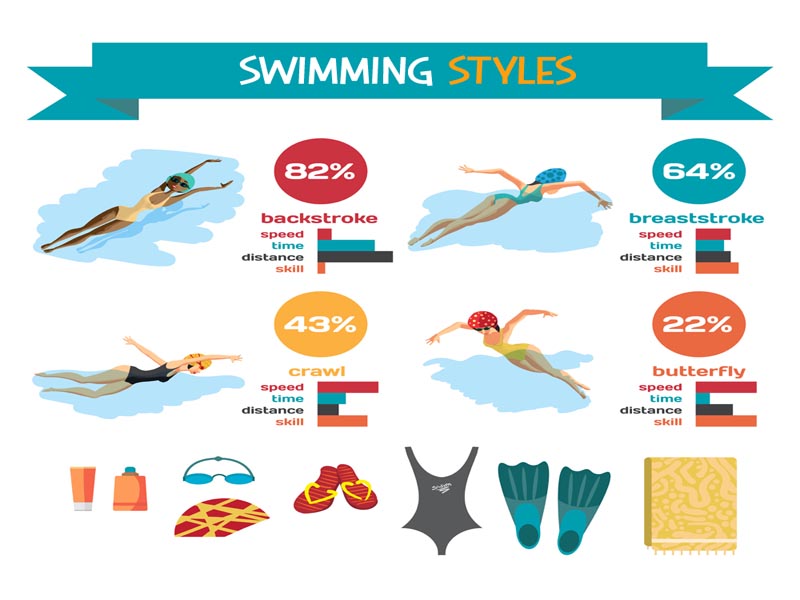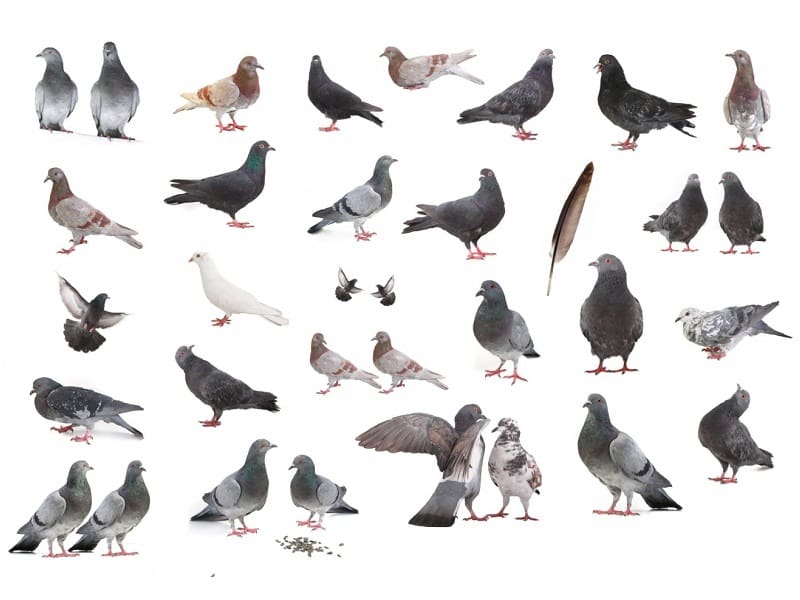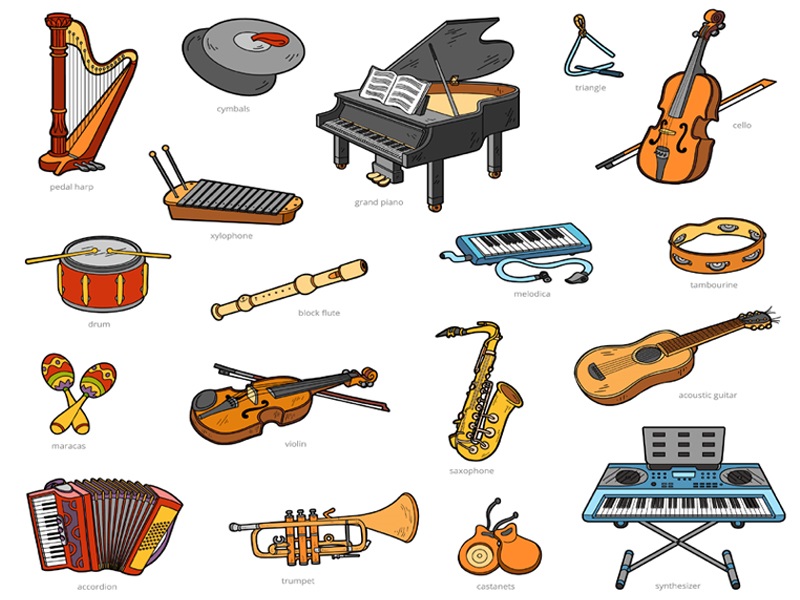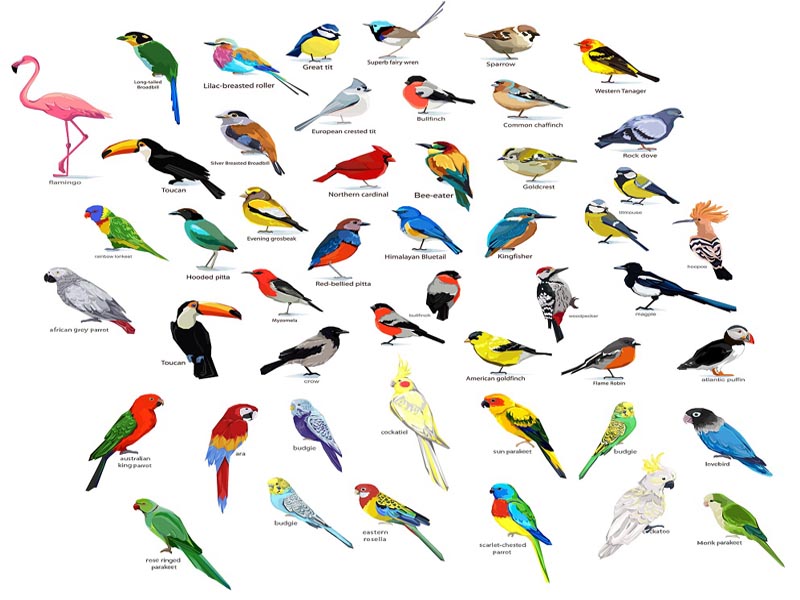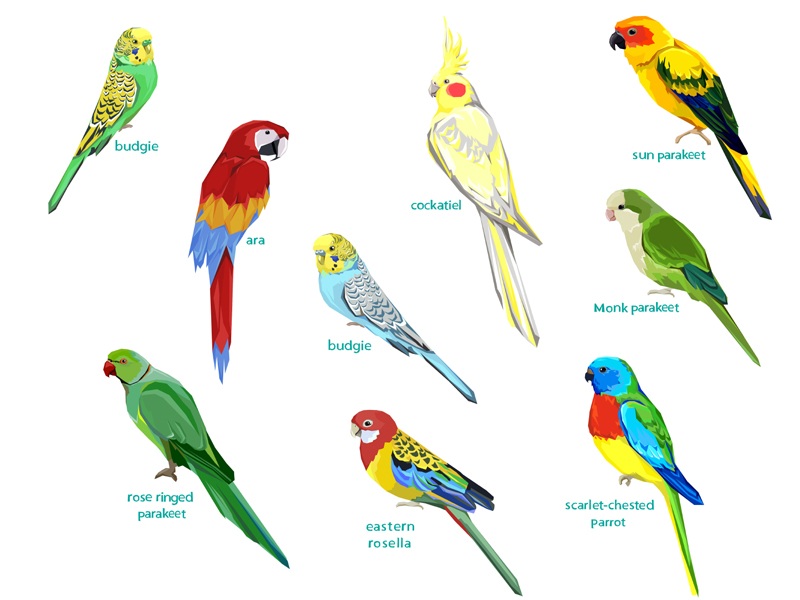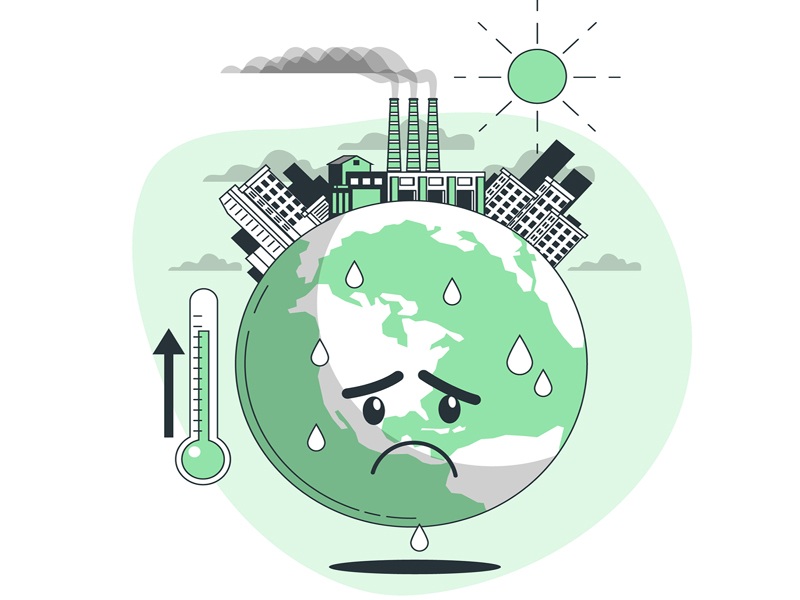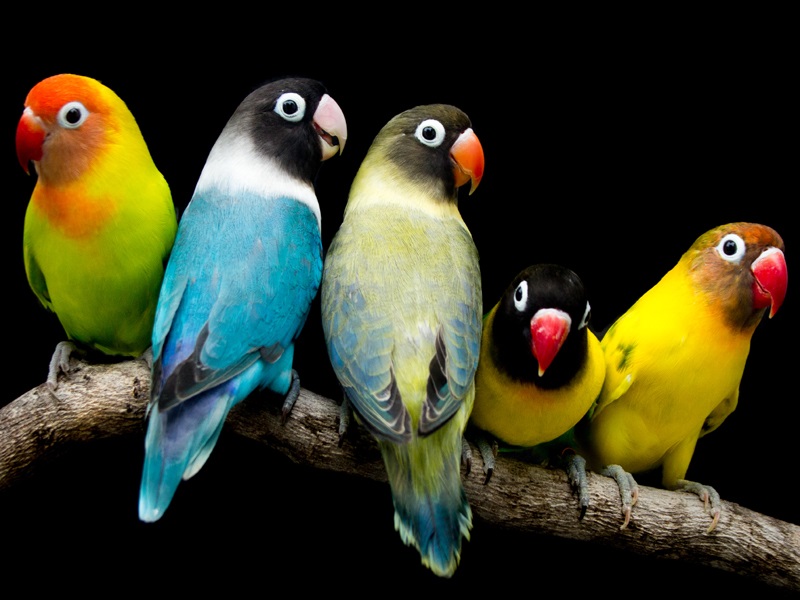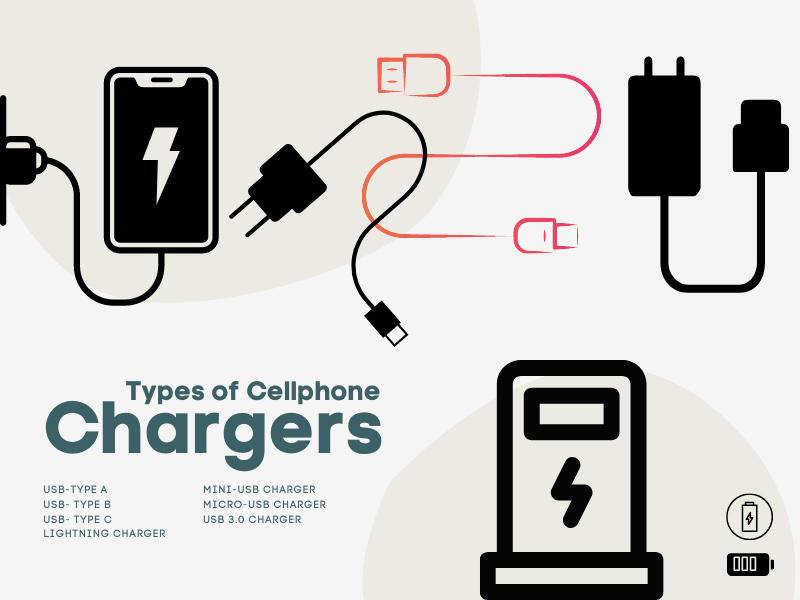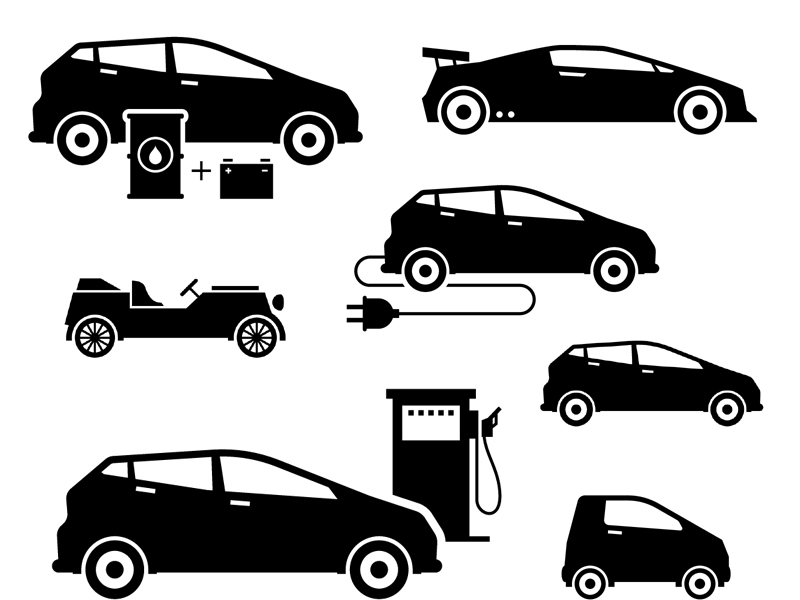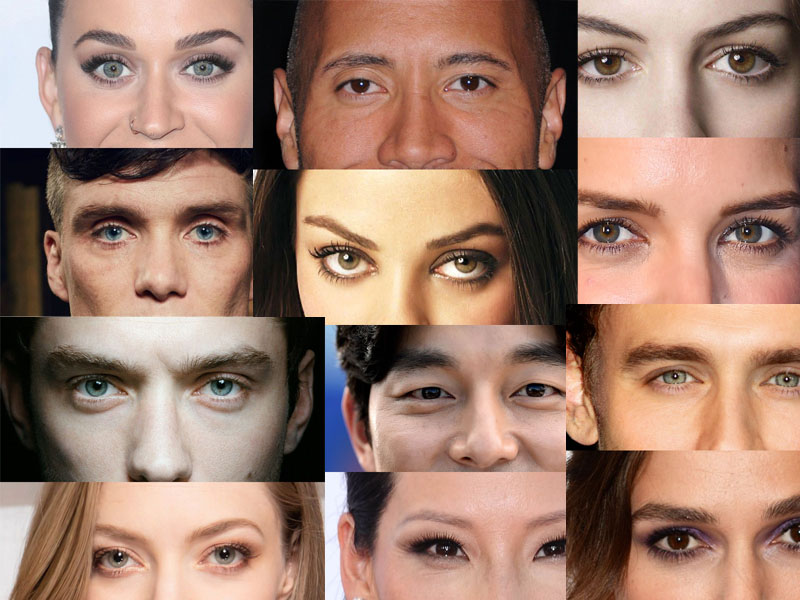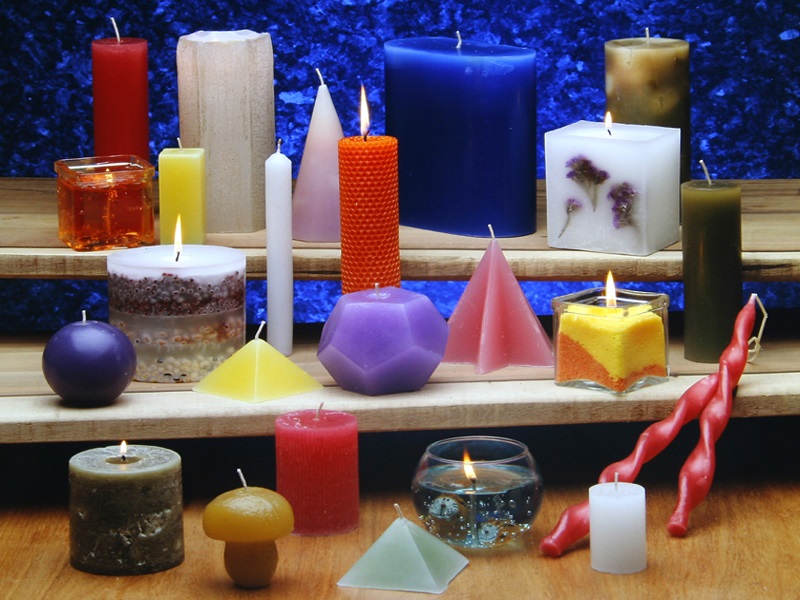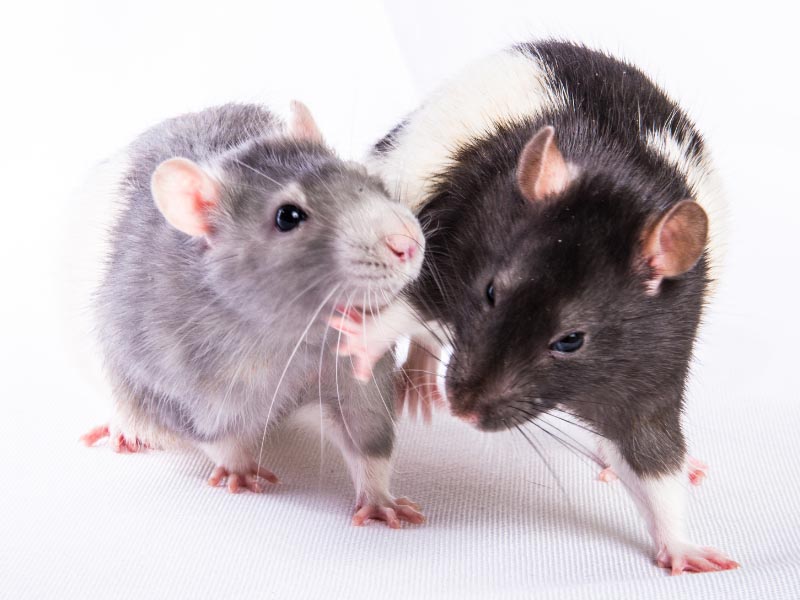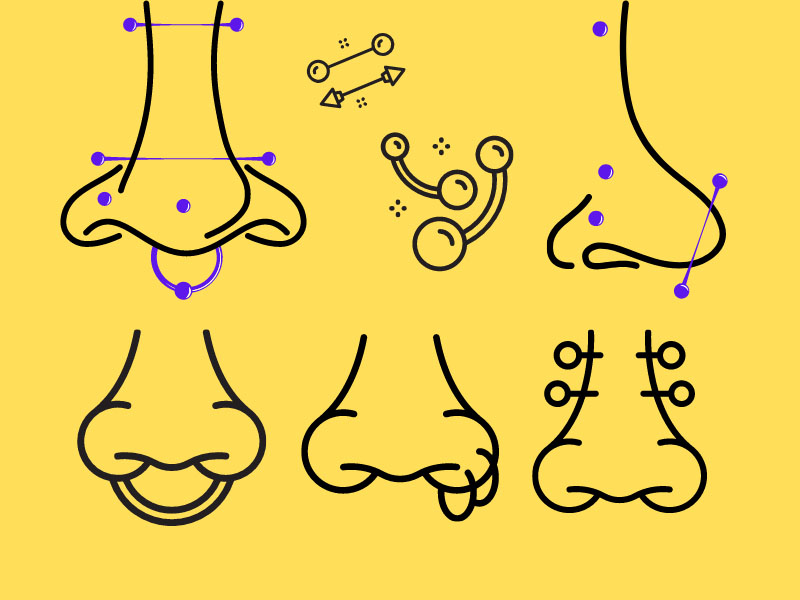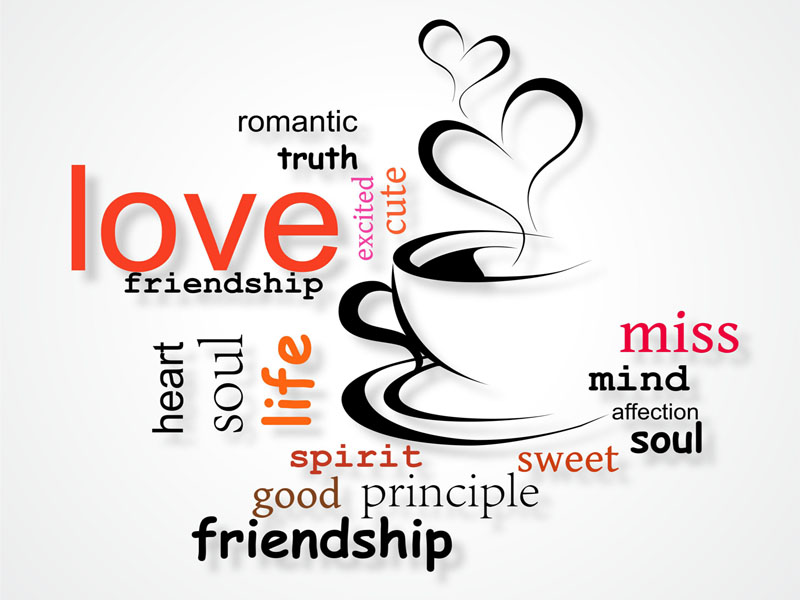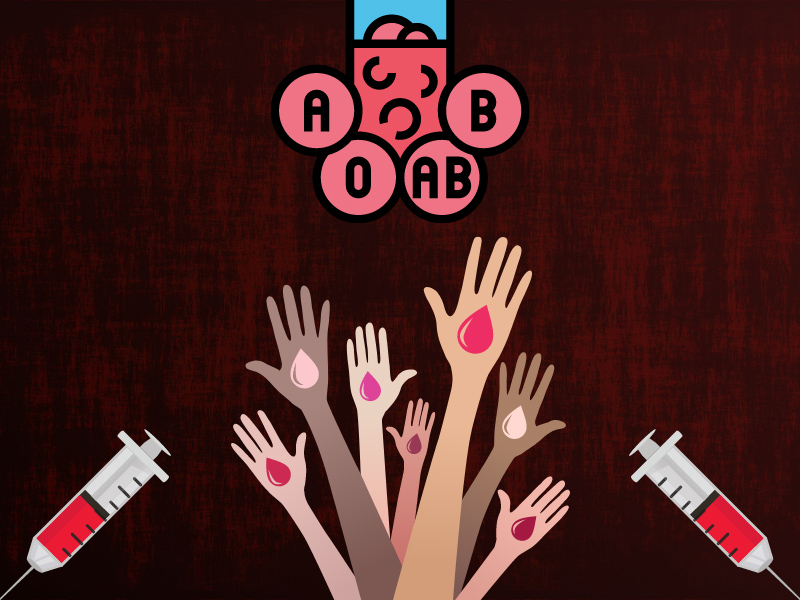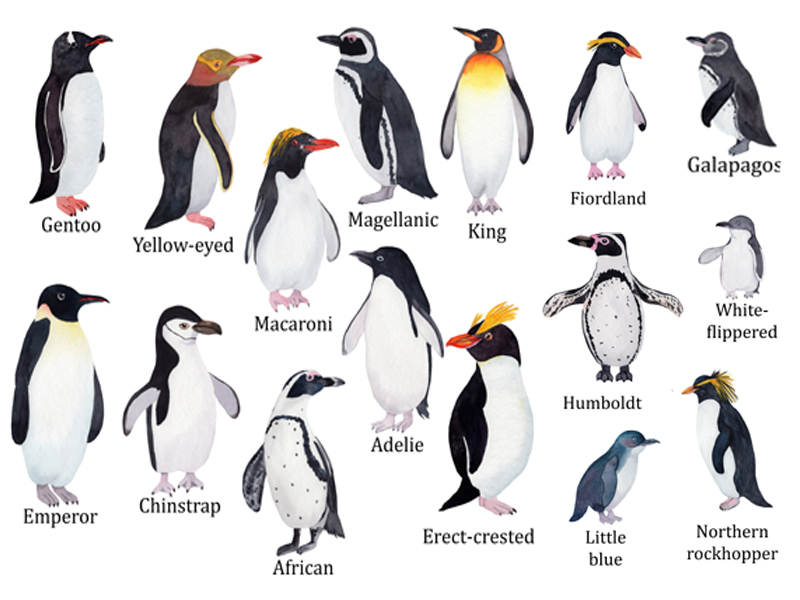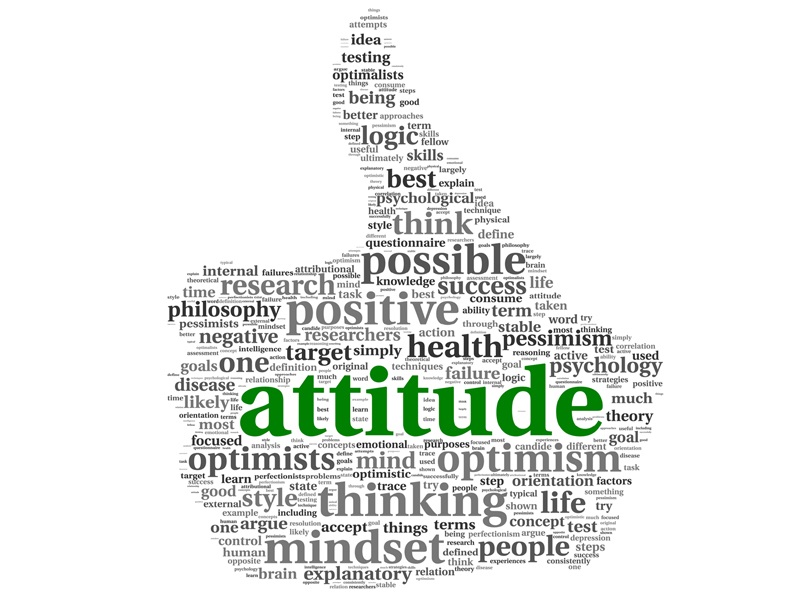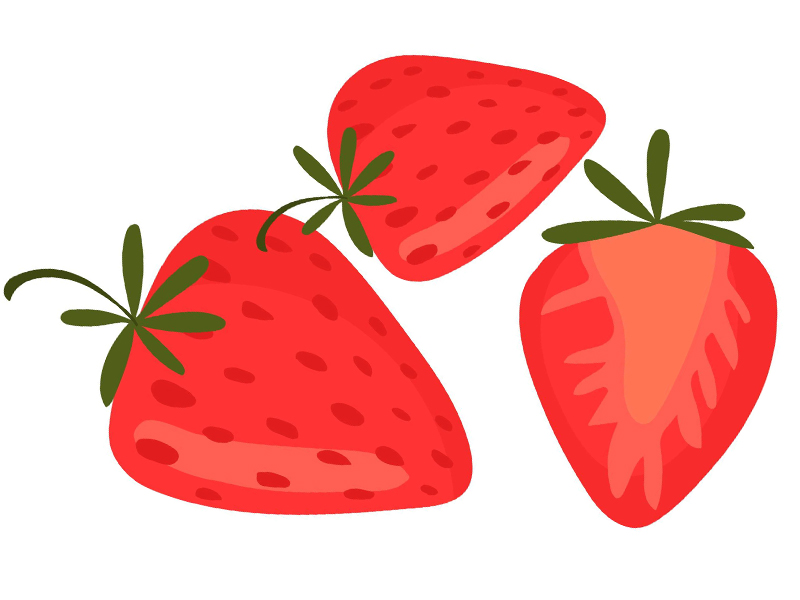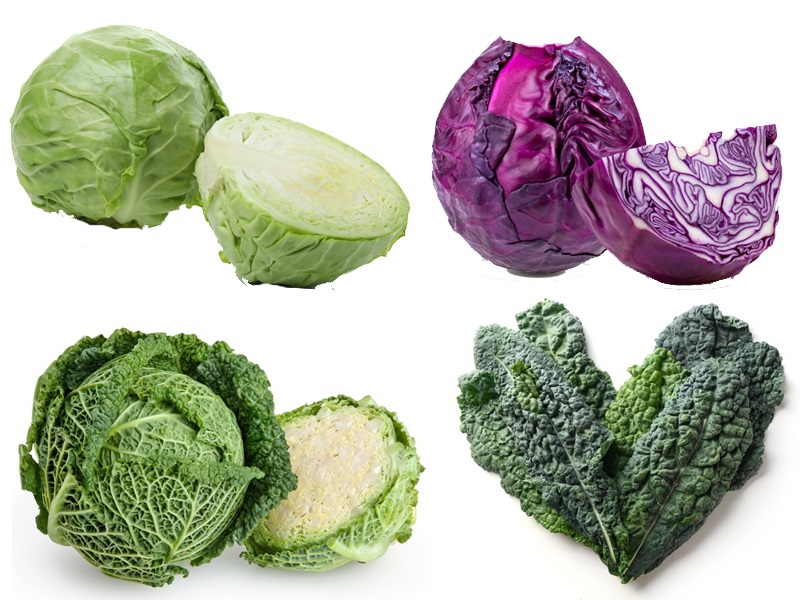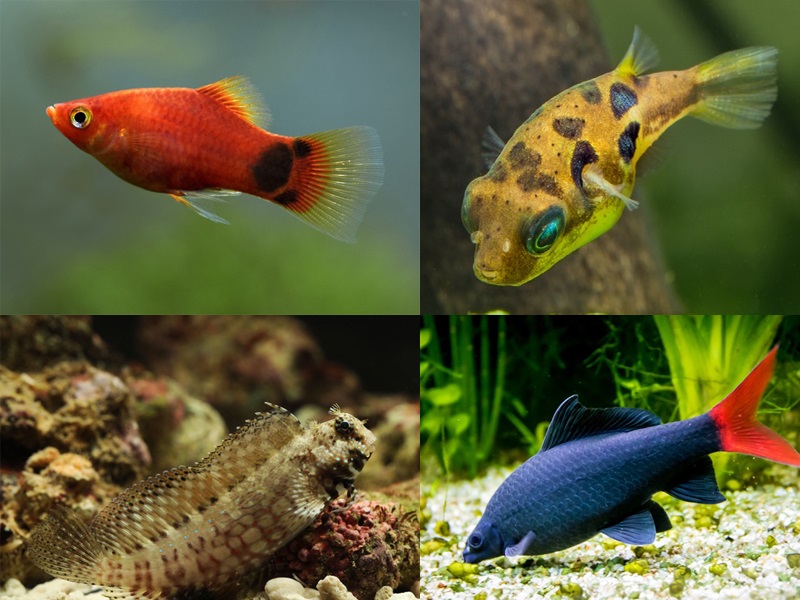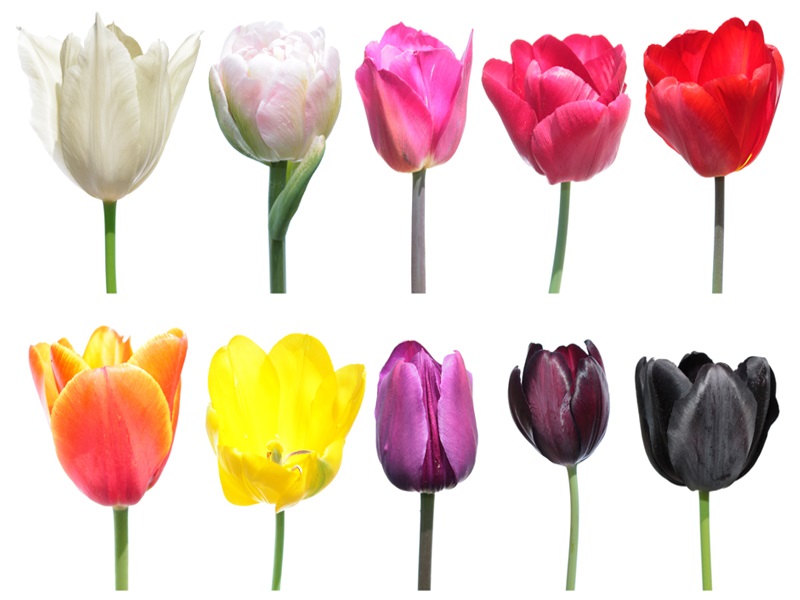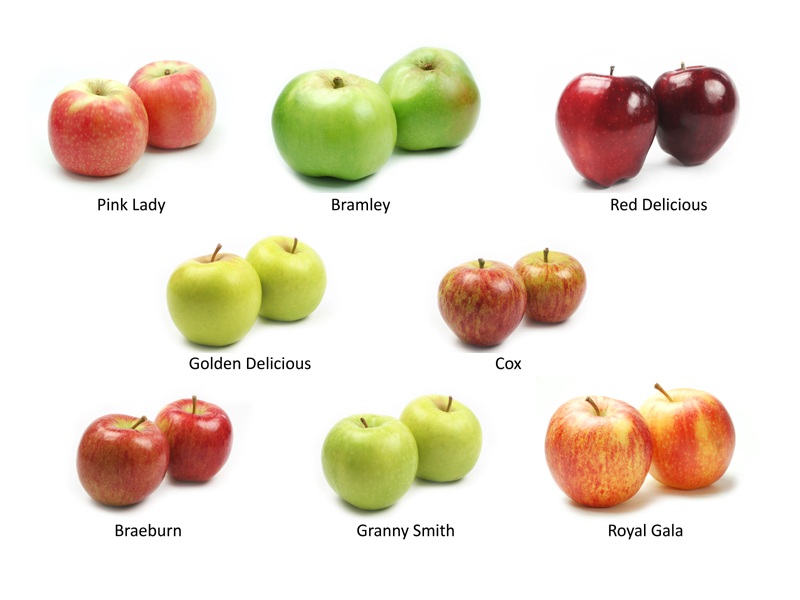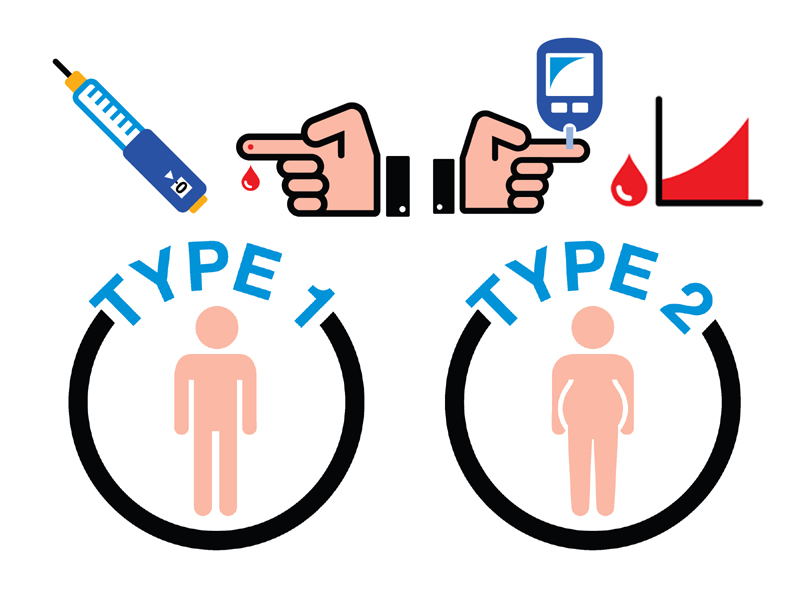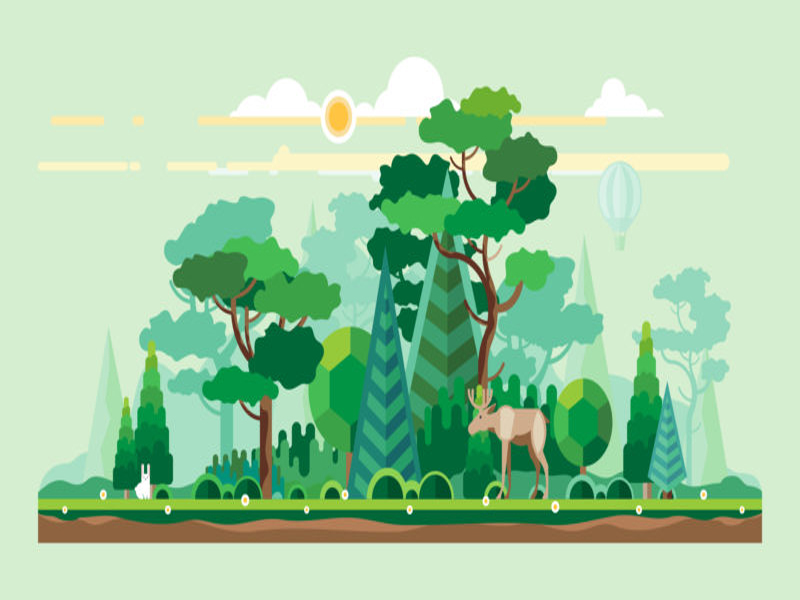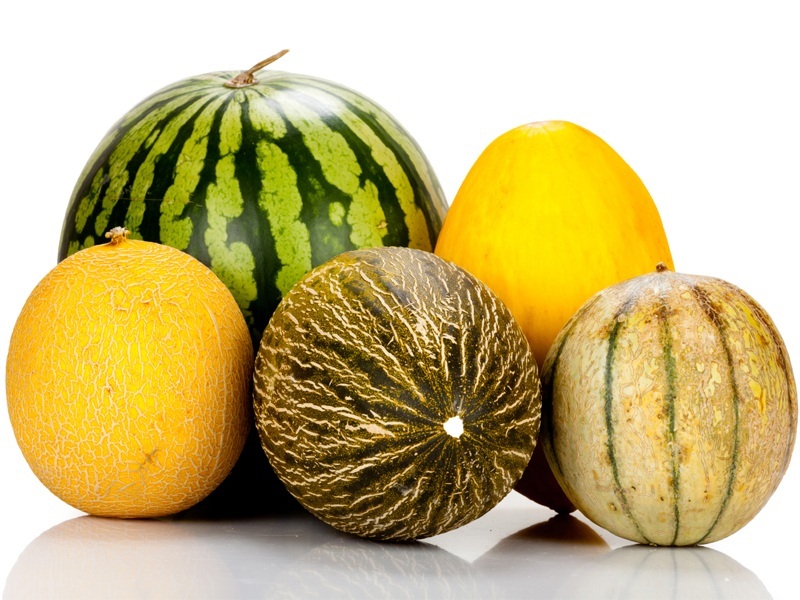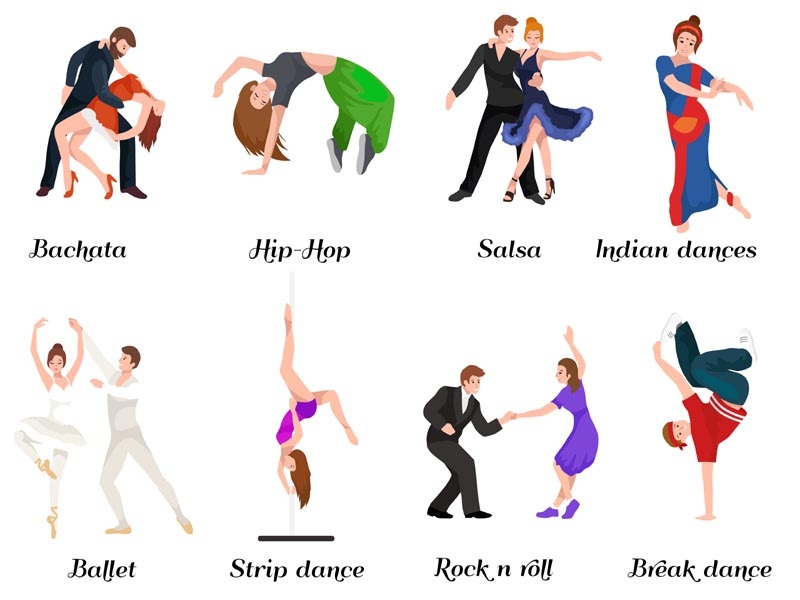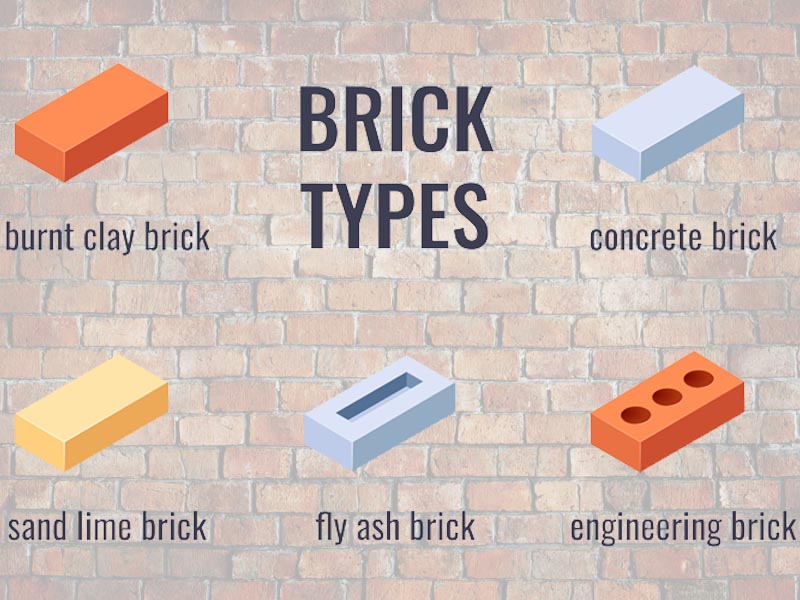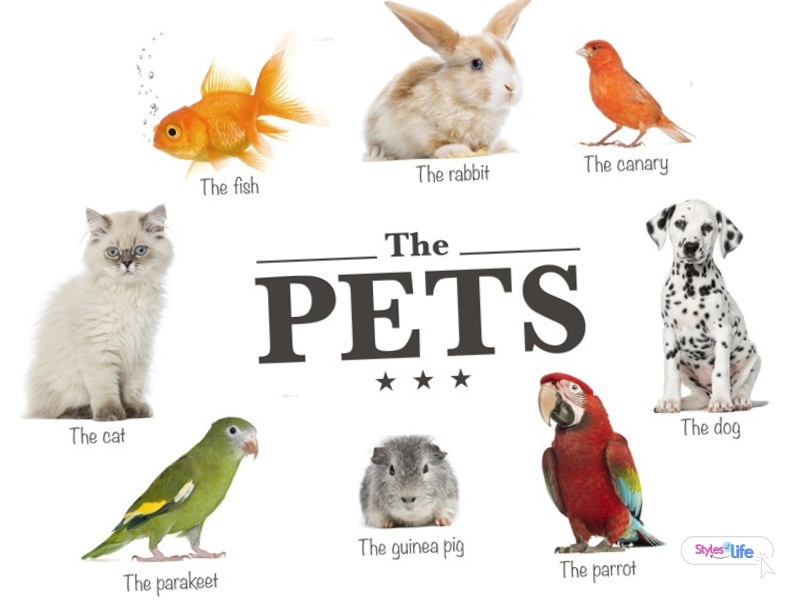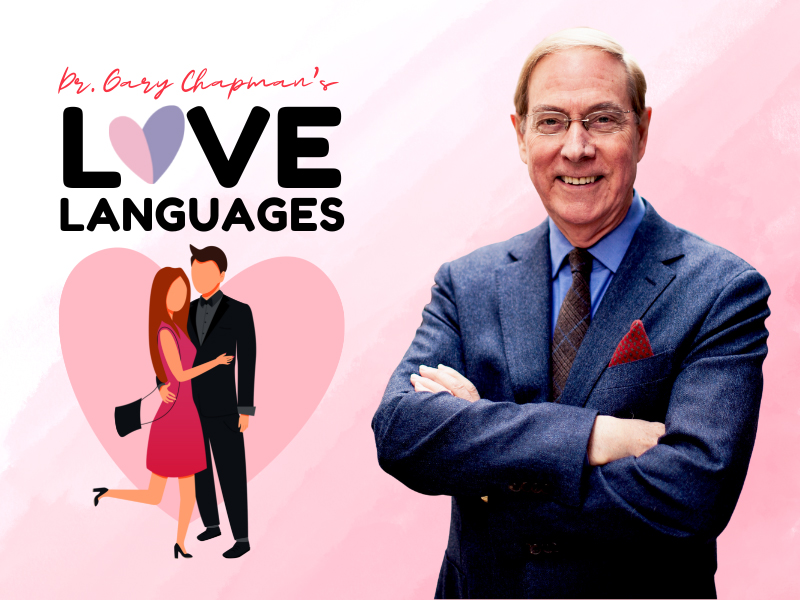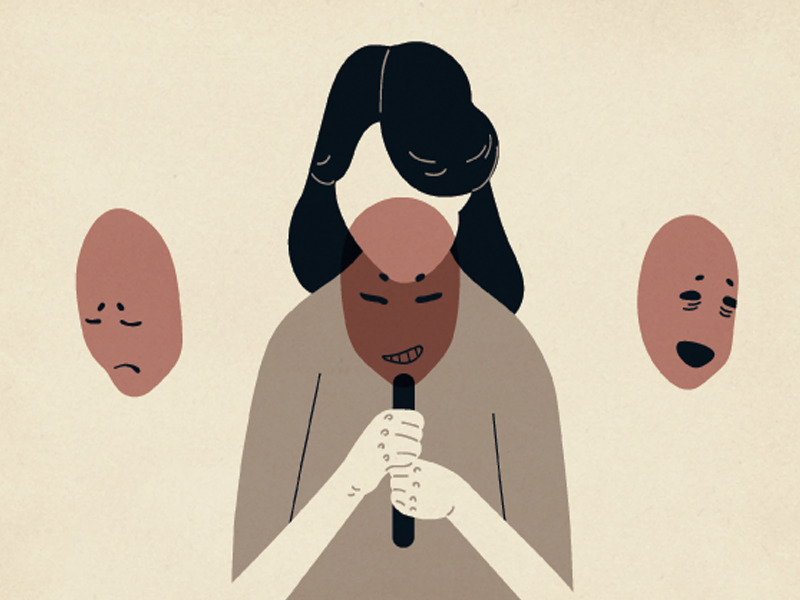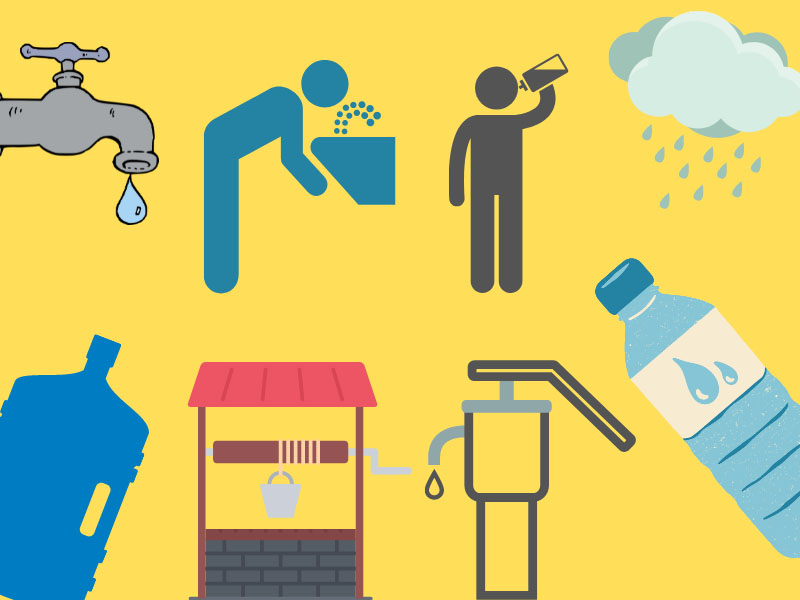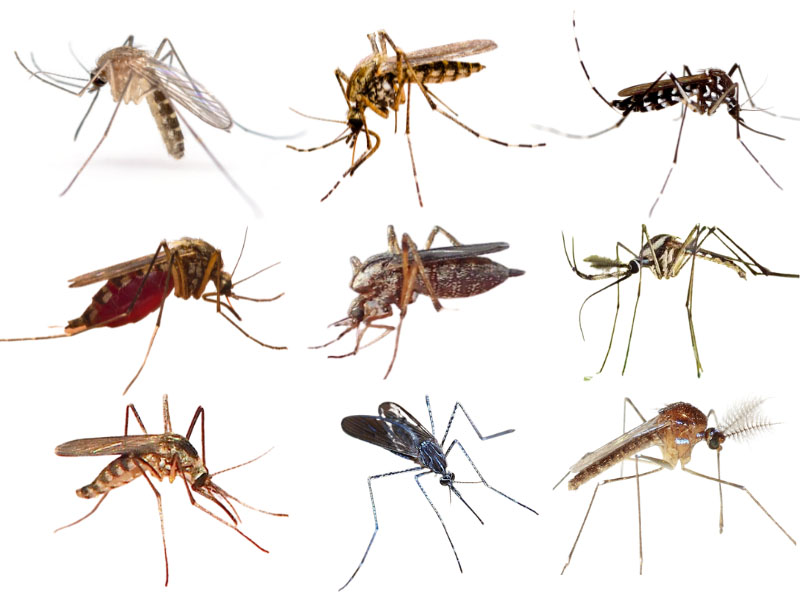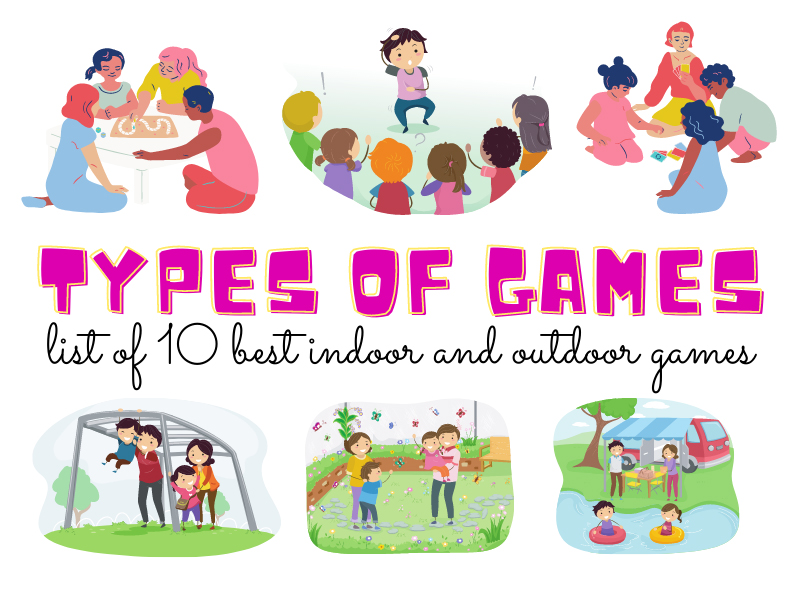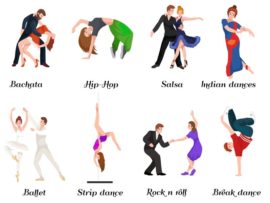Remember the last time you were sad? Or, when you were angry at someone? Do you remember your most enjoyable moment? All these are the basic types of emotions we experience in our day-to-day lives. Every person is bound to have emotions during their interaction with others in society. In an attempt to understand them scientifically, psychologist Paul Eckman categorized six different types of emotions list every person feels and experiences at different walks of life.
Today, let us learn all about the basic kinds of emotions here and their meanings here.
7 Basic Types of Human Emotions in Psychology:
Look at all types and kinds of emotions categories every human experiencing and expresses at different times of life.
1. Surprise:
Surprise is a unique emotion and the primary type of human emotion we all experience. It can be defined as a physiological experience of feeling startled or astonished due to something that has happened. The feeling of surprise can be both positive and negative. For example, a pleasant feeling one experiences when someone you love or close to you gives or shows you something unexpected may lead to a positive experience. However, an unpleasant feeling that involves you feeling scared is a negative feel. The sense of surprise is usually shown by jumping back, raising eyebrows, or opening a mouth. Several verbal reactions also are noted, such as screaming or gasping.
2. Happiness:
Happiness is one such emotion every human thrives to achieve. It is the one kind of emotion we all like to aim for. But what exactly is happiness? To define it, it is a state of pleasant feel with feelings of joy, satisfaction, wellbeing, and contentment. Happiness is a stable emotional state, and these types can be expressed in several ways. In terms of facial expressions, it is represented by smiling. It is possible to stay relaxed and calm while one is happy. In terms of tone, happiness is a pleasant way and manner of speaking. It is quite a primary emotion we all like to have in our regular lives, and we tend to create experiences that make us happy. But what exactly makes a person feel happy or content? It may be after achieving something human desires, like a home purchase or promotion in a job or high pay job achievement. Or, it even may be non-materialistic, like achieving stable balance in mental health or being physically fit, or even being happily married. The feeling of happiness helps everyone to stay at peace and feel content.
3. Fear:
We all experience fear at some point in life. But how exactly to describe this emotion? Fear is a very strong state of feeling. It is possible to experience fear when there is danger, or you to through a potent threat. It may be due to potential danger, the anticipation of threat, the anxiety of not finishing a task, fear of social interactions, or fearful physical situations such as adventurous extreme sports, etc. Fear also makes oneself feel anxious, terrified, desperate, horrified, doubtful, worried, panicking, confused, and/or stressed. This may be experienced at different levels; you can experience increased heart rate, muscles getting tensed, or body staying in alert mode.
Fear can be expressed by facial expressions such as pulling back the chin or widening of eyes. Other hand, fear may also lead our body language to change, such as escaping from threat, body sweating, or hiding. Several psychological reactions are also possible in this case, like rapid breathing. Therefore, it is crucial to learn to control the fear and balance out the anxiety that comes with this emotion. It is vital to learn to combat the situation and feeling of this emotion by confronting it rather than going hiding, distracting oneself, or taking out a moment to face it logically.
4. Sadness:
What is sadness? In the most simple language, sadness is the opposite of being happy. It is another primary emotion we all experience several times and in ways. This is an emotional state of feeling grief, disinterest, misery, gloomy, trouble, feeling lost, resigned, unhappy, and hopeless. Sadness can be experienced at several levels. It can be for a short period due to a small moment or experience or even be prolonged grief and severe state that can lead to depression or low mental health. This state of emotion can be articulated through being quiet, withdrawal or wanting to be alone, sad mood, disappointed, crying, or lethargy. However, it is possible to come out of the undesirable emotion by taking help from people, talking it out, reaching out for support, and figuring solutions. Therefore, it is essential to discover the reason behind sadness and attempt to come out of it.
5. Anger:
This is one of the most commonly experienced types of emotion. Anger is very powerful, which comes from a person when they feel trapped, experience some kind of injustice, or feel unable to defend themselves. Anger comes naturally to most humans when a surrounding or circumstance turns to be toxic. It has associated different kinds of feelings such as agitation, frustration, hostility. Annoyed, bitter, infuriated with others, mad, cheated, insulted, irritated, and vengeful. Generally, humans display anger through tone of voice such as yelling and shouting with the opposite person, facial expressions such as glaring or frowning, and body language such as turning away. There are also aggressive behaviors noted in certain situations, such as throwing objects or hitting.
Anger is both a good and bad emotion, depending on the way one exhibits and experiences it. It can help you find solutions to concerns that bother you; however, excessive or controlled anger can lead you to become dangerous or harmful. So, it is crucial to control and balance the state of emotion to avoid a negative impact on physical and mental health. If you experience heavy and uncontrolled rage, it is advised to do one of the following things. First, consider taking a break from the situation or person to make the problem feel better and calm down. Then, go ahead and come back to express the concerns constructively and reasonably without conflict and aggressive behavior. Think of a solution rather than anger; working towards resolving the issue gives the situation an improvement.
6. Disgust:
What exactly is disgust? Disgust is a type of emotion that reacts to undesirable situations, unpleasant feelings, or unwanted surroundings. This feeling can come from a bad smell, or unpleasant sight, or a person too. Psychologists often view that the typical sense of disgust comes from a reaction to unpleasant or harmful foods. It may be due to rot or bad hygiene. One can display the feeling of disgust through facial expressions and reactions such as curling upper lip, or physical notices like vomiting, and body language such as turning away from the person or object that’s causing this feeling. The feelings associated with disgust include offended, loathing, disliking, disapproving, horrified, sickened, disturbed, aversion, uncomfortable, and withdrawal.
If you find it difficult to control this emotion, it is crucial to take help of strategies that help you deal with the situations. Some examples include coming out and exposing slowly and eventually (than all of a sudden), practicing compassion with things that make you feel uncomfortable, or with people who make you feel unpleasant.
7. Other Emotions:
Besides these six basic types of emotions explained by Eckman, there are other different experiences and feelings that most humans experience at some point in life. These emotions cannot be described by understanding verbal responses, facial emotions, or body language. The most common types of other emotions include
- Relief
- Satisfaction
- Excitement
- Amusement
- Contempt
- Pride
- Guilt
- Shame
There is no human who does not go through a set of emotions. Everyone in our regular lives experiences these basic types of emotions and different feelings. Let us know how you like this guide on understanding basic human emotions and feelings. We love to hear from you!


